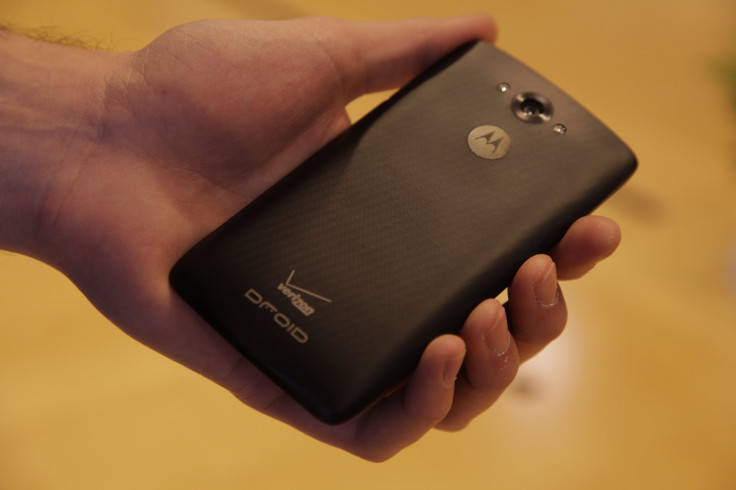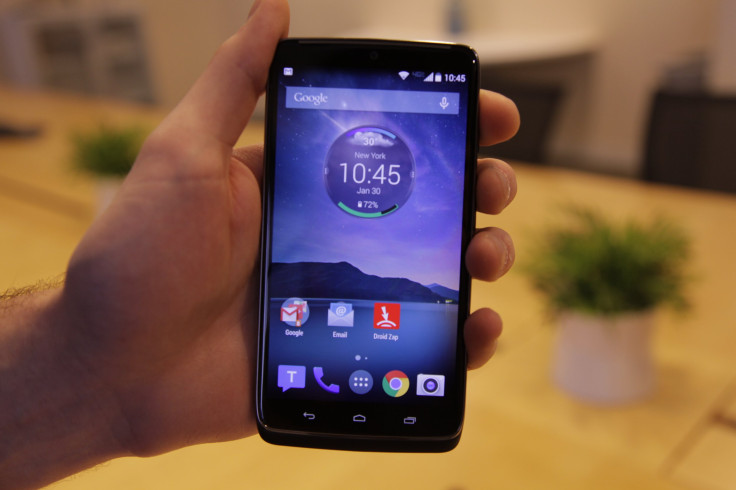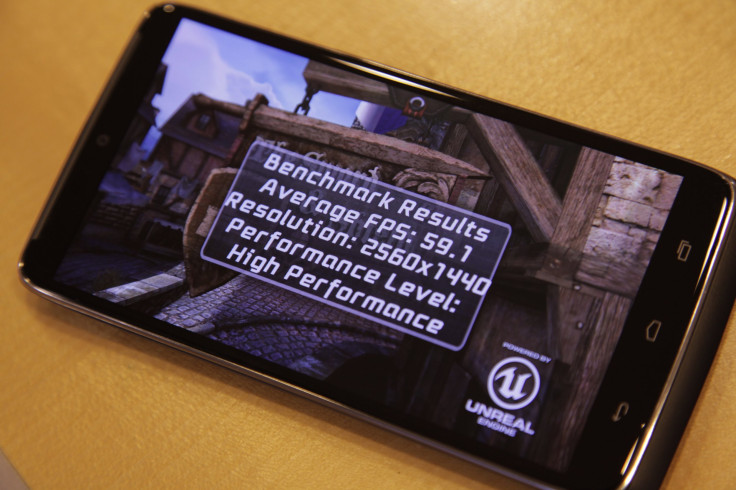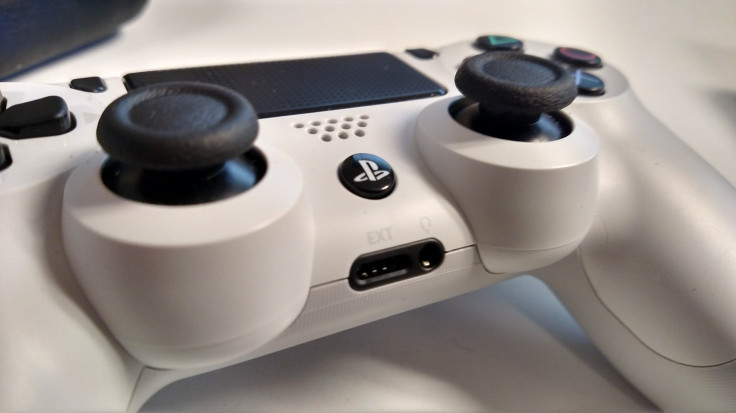Motorola Droid Turbo Review: A Clunky, Uprated Moto X

The Motorola Droid Turbo basically exists as a supercharged version of the Moto X, an already great phone. The Turbo is, if you judge it solely by numbers on its stat sheet, a fantastic phone: It’s got a brilliant screen, a sharp camera lens, a super-quick processor, a sleek interface, and a gigantic battery.
But in reality, it’s ugly, bulky, and not really a better experience than the Moto X. And it definitely doesn’t give the older HTC One M8 or Samsung Galaxy S5 a run for their money.
The Good

That’s not to say there’s nothing to like. The Turbo is at its core still a Motorola phone (even if they did partner with Verizon to build it), so it has the excellent Moto skin. It’s simple and fast, taking cues from Google’s Nexus line -- close to a “pure Android” experience, without the clutter of other manufacturers interfaces (looking at you, Samsung TouchWiz).
The Turbo is equipped with 3GB of RAM and a 2.7GHz processor to keep everything flying along. It’s more than enough power to handle anything you can throw at it, and some. Whatever you queue up on the 1440 x 2560 screen will look great, and the tremendous 3900 milliamp battery soldiers on for hours at end (though it didn’t hit the claimed 48 hour mark between charges -- with normal use, I saw about 36 hours of uptime).

The Bad
While having a big battery is great in a phablet -- the size can be spread out among the back of the phone’s large body -- shoving one in a regular smartphone forces a weird body shape. The Turbo’s screen is the same size as the Moto X (5.2 inches), but it has a much bigger battery than a premium phablet like the Samsung Galaxy Note 4 3(220 milliamp battery). A phablet carries a large battery discreetly; the Droid Turbo shows up to a cocktail party wearing an LL Bean backpack.
The battery is so massive that it necessitates a hunchback shape, and bulges past the face plate's rim. This creates a cumbersome, heavy, and not to mention ugly smartphone. Add the permanent capacitive buttons at the bottom of the screen, and the Droid Turbo looks...cheap, like something you’d expect from Alcatel.

If you were hoping the Turbo’s 21 megapixel rear camera would be worth the price of admission, I have mixed news. The camera does do well in lower light, outdoor dusk shots and there’s only a small amount of noise, but if your subject isn’t stationary getting the photo you want is an absolute hassle. Instead of tapping on a place in the image to set the focus, the Turbo’s camera app defaults to a strange “drag to focus” method.
This is simply slower than a tap to focus (like many other camera apps). In many cases, you won’t want the first option the phone comes up with, so you’ll have to drag a second or third time, plus there’s discernable lag any time you attempt to focus.Unless you predict the exact frame you want a second early, you’re just not going to get what you want on a moving subject. Even stationary objects might take you four or five attempts to produce the photo you want.

Conclusion
It’s a strong phone that’s heavy on power and lifespan, but its strength doesn't win me over. The Droid Turbo has had to make some unacceptable compromises to get to its rung on the ladder. The Moto X is better (and cheaper) overall, as are the Galaxy S5, HTC One M8, Xperia Z3 and others.
© Copyright IBTimes 2024. All rights reserved.





















